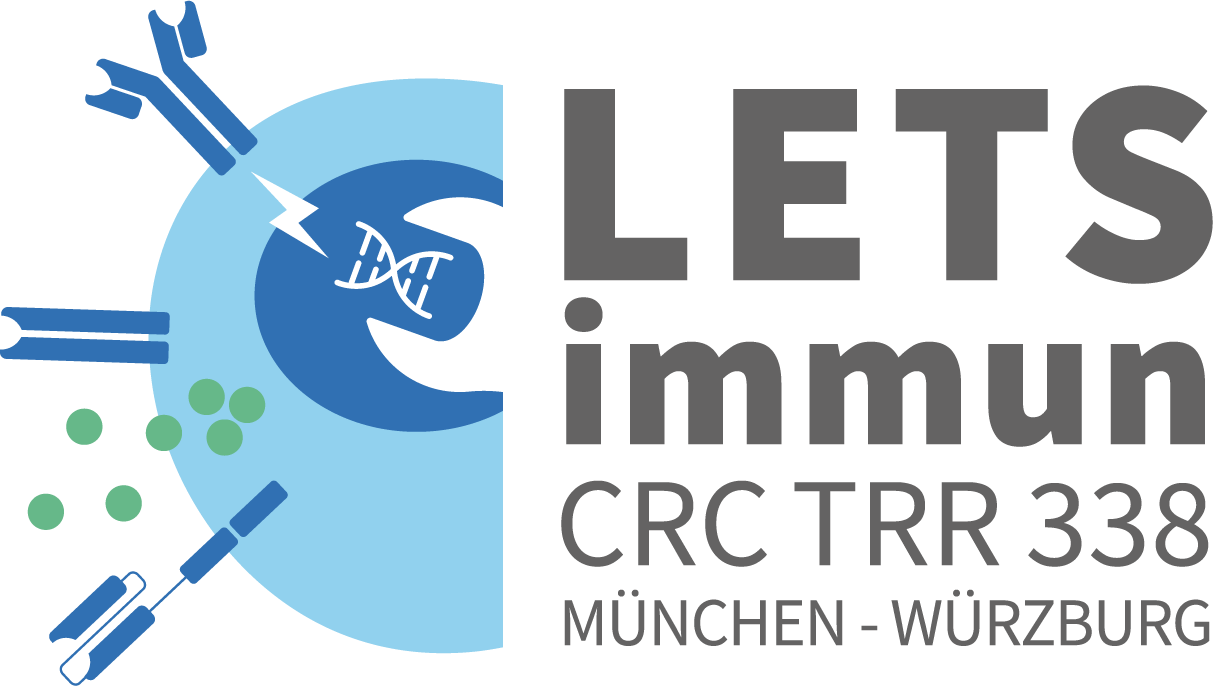Title
Engineering tissue-resident lymphocytes for the modulation of tissue-microenvironments
Research Area
Immunology
Project Summary
Local networks of tissue-resident lymphocytes are strategically positioned in most anatomical compartments and barrier surfaces, where they participate in front-line defense to microbial invasion and tumor immune surveillance. Tissue-resident memory T cells (TRM) can seed, persist and function in distinct tissue-niches, including epithelial compartments. A large fraction of human tumors emanates from epithelia and TRMs have been found to be critical for intraepithelial tumor immune-surveillance. TRM cells act as sentinels that can modulate the tissue-state, immune responses of bystander lymphocytes and facilitate the recruitment of additional cell types. Therefore, TRMs represent promising targets for cellular therapies aiming at the modulation of local microenvironments but strategies to exploit this potential remain largely unexplored to date.
Based on findings in the field of TRM cell biology, we propose to engineer cells that can (1) home to, (2) function in and (3) modulate specific tissue-environments. To this end, we will establish culture conditions that allow us to generate “TRM-like” cells for adoptive cell therapy, taking advantage of a novel reporter mouse line for the transcription factor Hobit which drives transcriptional programs of tissue-residency (Aim1). We will complement these approaches by engineering molecules that can optimize tissue homing and recruitment of adoptively transferred T cells. The ability of engineered T cells to become TRM-like cells in vivo will be validated in response to viral infection and in tumor models.
In Aim 2, we will systematically interrogate and validate TRM-specific genes for their suitability to engineer TRM-like cells for adoptive cell therapy using CRISPR/Cas9-mediated screening as well as targeted engineering of T cells. To validate the potential for translation into future therapeutic approaches, identified targets will be tested through sgRNP mediated KO and retroviral overexpression in primary human T cells for their ability to modulate TRM-like T cell differentiation.
In parallel (Aim 3), we will explore the potential of engineering type 2 innate lymphoid cells (ILC2) that are now being recognized for their ability to seed tumors and to modulate the microenvironment and anti-tumor immunity. We will explore the ability of “armed” ILC2s to modulate local environments through the delivery of engineered cytokines. In summary, we will exploit the biology of tissue-resident lymphocytes to advance the engi- neering of cells with improved tissue-homing and functionality, which represent a major bottleneck of current cellular therapies.
Project-Related Publications
Ataide MA, Komander K, Knöpper K, Peters AE, Wu H, Eickhoff S, Gogishvili T, Weber J, Grafen A, Kallies A, Garbi N, Einsele H, Hudecek M, Gasteiger G, Hölzel M, Vaeth M and Kastenmuller W. BATF3 programs CD8 T cell memory. Nat Immunol. 2020 Sep 28. doi: 10.1038/s41590-020-0786-2
Zeis P, Lian M, Fan X, Herman JS, Hernandez DC, Gentek R, Elias S, Symowski C, Knöpper K, Peltokangas N, Friedrich C, Doucet-Ladeveze R, Kabat AM, Locksley RM, Voehringer D, Bajenoff M, Rudensky AY, Romagnani C, Grün D, Gas- teiger G, „In situ maturation and tissue adaptation of type 2 innate lymphoid cell progenitors.” Immunity 2020 Oct 13;53(4): 775-792 e9. doi: 10.1016/j.immuni.2020.09.002
Straub T, Freudenberg MA, Schleicher U, Bogdan C, Gasteiger G, Pircher H, “Bacterial coinfection restrains antiviral CD8 T-cell response via LPS-induced inhibitory NK cells.” Nat Commun. 2018 Oct 8;9(1):4117. doi: 10.1038/s41467-018- 06609-z
Gasteiger G, Ataide M, Kastenmuller W. Lymph node – an organ for T-cell activation and pathogen defense. Immunol Rev.
2016 May;271(1):200-20.
Bedoui S, Gebhardt T, Gasteiger G, Kastenmuller W. Parallels and differences between innate and adaptive lymphocytes.
Nat Immunol. 2016 May;17(5):490-4. doi: 10.1038/ni.3432.
Muschaweckh A, Buchholz VR, Fellenzer A, Hessel C, König PA, Tao S, Tao R, Heikenwälder M, Busch DH, Korn T, Kastenmüller W, Drexler I, Gasteiger G, “Antigen-dependent competition shapes the local repertoire of tissue-resident memory CD8+ T cells.“, J Exp Med 2016 Dec 12;213(13):3075-3086
Chinen T, Kannan AK, Levine AG, Fan X, Klein U, Zheng Y, Gasteiger G, Feng Y, Fontenot JD, Rudensky AY. “An essential role for the IL-2 receptor in Treg cell function.”, Nat Immunol. 2016 Nov;17(11):1322-1333.
Gasteiger G, Fan D, Dikyi S, Lee SY and Rudensky AY, “Tissue residency of innate lymphoid cells in lymphoid and nonlymphoid organs.” Science 2015 Nov 20;350(6263):981-5.
Lu LF*, Gasteiger G*, Yu IS, Chaudhry A, Hsin JP, Bos PD, Lin LL, Zawislak CL, Cho S, Sun JC, Leslie CS, Lin SW and Rudensky AY, “A Single miRNA-mRNA Interaction Affects the Immune Response in a Context- and Cell-Type-Specific Manner.” Immunity 2015 Jul 21;43(1):52-64.
Gasteiger G, Hemmers S, Firth MA, Le Floc’h A, Huse M, Sun JC, and Rudensky AY (2013) IL-2 dependent tuning of NK cell sensitivity for target cells controlled by regulatory T cells. J Exp Med 210: 1167-78

